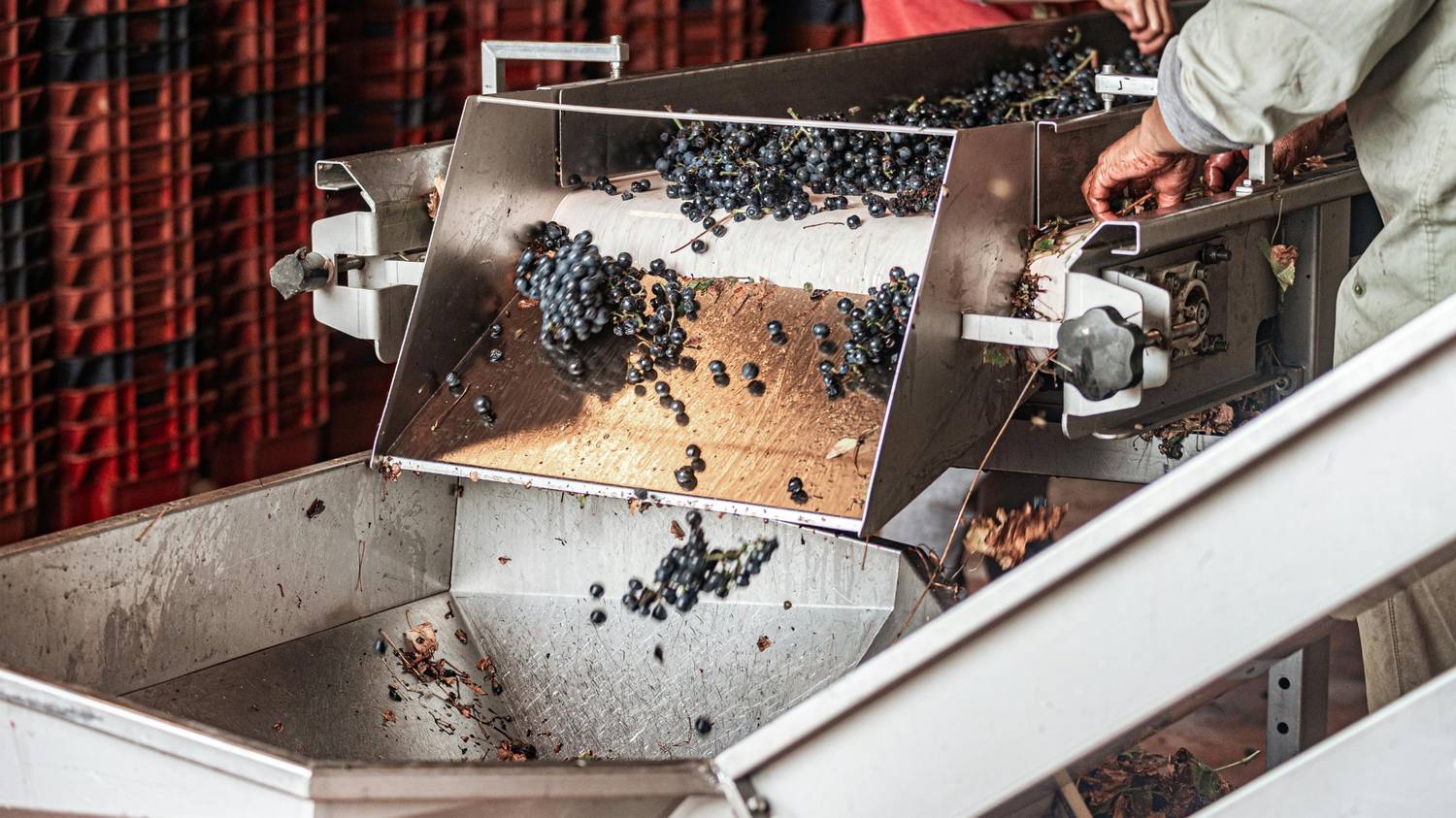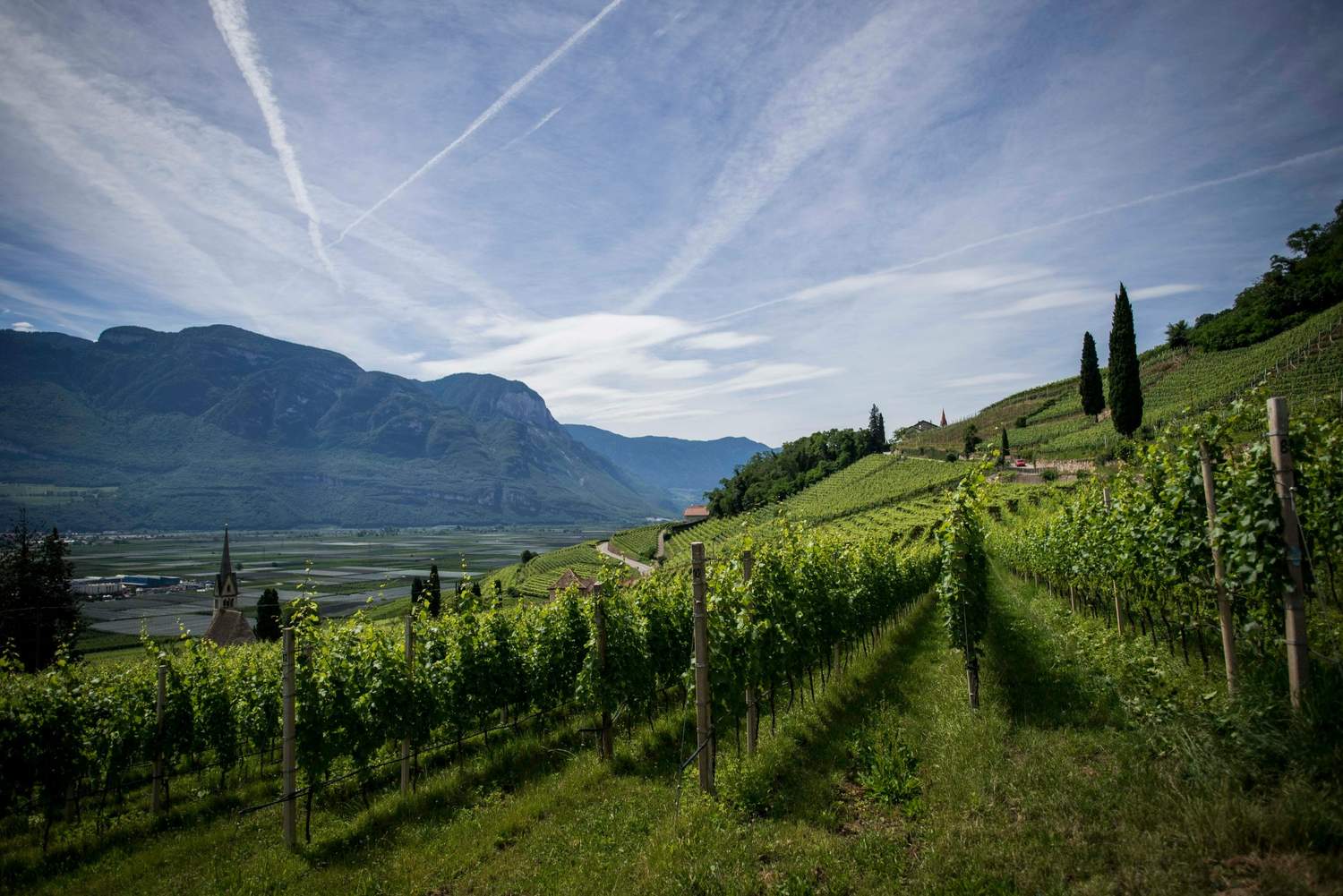What Does Nature Positive Wine Means and How to Achieve It?

Introduction: From Net Zero to Nature Positive
In recent years, the wine industry has made strides in reducing emissions, but climate change is only half the challenge. Biodiversity loss, soil degradation, and water scarcity threaten the long-term viability of winegrowing itself. Enter the next frontier: nature positive.
Going “nature positive” means more than minimizing harm, it’s about actively restoring ecosystems, increasing biodiversity, and enhancing natural capital. For vineyards, this shift is both a moral and market imperative, especially under frameworks like CSRD and the Science-Based Targets for Nature (SBTN).
In this blog, we explore what “nature positive” means for wine producers, and how to embed it in daily operations, measure it credibly, and communicate it with confidence.
What Does “Nature Positive” Really Mean?
“Nature positive” is a commitment to halt and reverse nature loss by 2030, leading to a full recovery of ecosystems by 2050. For wine producers, this requires a clear shift from mitigation to regeneration.
What this looks like in practice:
No net loss of biodiversity (species, habitats, and functions)
Restoration of natural habitats within and surrounding vineyard operations
Protection of water cycles, soil quality, and ecosystem services
Tracking and improving ecological outcomes—not just reducing harm
It’s not enough to avoid pesticide use or preserve tree lines. Being nature positive means your operations are actively contributing to ecological recovery.
🧭 The SBTN framework provides structure for assessing impacts, setting targets, and tracking improvements across land, water, climate, and biodiversity. ODOS’s platform is designed to integrate directly with this methodology, giving vineyards both the tools and the evidence to lead.
How Nature Positive Practices Look in the Vineyard
Nature-positive viticulture means working with nature, not against it—and putting ecosystems at the heart of your vineyard management.
Here are just a few ways vineyards are taking action:
Wildlife corridors and hedgerows reconnect fragmented habitats and support birds, mammals, and insects
Wildflower strips and native planting boost pollinator populations, increasing fruit set and ecosystem stability
Rewilding vineyard margins with native shrubs and trees increases habitat diversity and carbon storage
Riparian restoration and wetland buffers improve water infiltration, reduce erosion, and filter runoff
Regenerative farming practices (e.g., no-till, composting, and multispecies cover crops) rebuild soil life and structure
Across the globe, from Burgundy to Barossa, from La Rioja to the Western Cape, vineyards are embedding these actions to enhance biodiversity, meet regulatory goals, and improve vineyard resilience in a warming world.

How to Measure Nature Positive Performance
Being nature-positive is only meaningful if it’s measurable.
Here are the core metrics wine producers should track:
Habitat Extent: How many hectares of natural or semi-natural land exist across your operation (e.g., forest, wetland, grassland)?
Habitat Condition: What is the ecological quality of these areas, based on connectivity, fragmentation, and health indicators?
Species Presence: Are pollinators, birds, or beneficial insects thriving in your ecosystem? Use citizen science or acoustic monitoring to track.
Soil Health: Measure indicators like organic matter, microbial biomass, and erosion potential to gauge ecosystem function.
Water Quality & Flow: Assess runoff risk, pesticide residue, and infiltration capacity of your soils.
📊 ODOS combines high-resolution satellite imagery with AI models to measure habitat extent and condition with up to 88% accuracy. Our tools track seasonal and annual biodiversity performance, empowering businesses to communicate and verify the biodiversity of their farms.
Why Nature Positive Is Now a Business Strategy
Biodiversity used to be seen as a “nice to have” today, it’s core to brand value, compliance, and investor confidence.
Here’s why nature-positive vineyards are winning:
- 🛒 Retailers like Lidl, Tesco, and Whole Foods are applying nature-positive scorecards in supplier assessments
- 📈 Investors are screening agricultural assets for nature-related risks and performance under frameworks like TNFD
- 🍷 Consumers increasingly demand products that regenerate nature, not just avoid harm
In a crowded market, nature-positive credentials offer a competitive edge. They also de-risk supply chains, reduce long-term input costs, and ensure alignment with global sustainability frameworks.
Getting Started: A 5-Step Nature Positive Plan for Vineyards
- Map your land use baseline. Use tools like ODOS to quantify natural vs cultivated land across your property, including non-productive zones.
- Identify high-impact restoration opportunities. Target degraded slopes, water margins, or buffer areas for reforestation, wetland creation, or native replanting.
- Set measurable, time-bound targets. For example: “Restore 8% of land to native habitat by 2027” or “Improve habitat condition score by 20% in 3 years.”
- Monitor biodiversity performance. Use satellite monitoring, field data, and AI models to track ecological gains over time. Update indicators annually.
- Report transparently and frequently. Align your reporting with CSRD and SBTN guidance to ensure credibility and consistency across stakeholders.
With ODOS, all five steps are integrated into one seamless workflow, from baseline to reporting.
Key Takeaways for Wine Producers
- 🍃 Nature positive means restoring and enhancing ecosystems, not just reducing impact
- 🌱 Vineyards can achieve this through habitat creation, regenerative farming, and biodiversity support
- 📊 Measuring outcomes—not just actions—is critical for compliance, credibility, and certification
- 📈 Nature-positive vineyards unlock regulatory readiness, brand trust, and long-term ecological resilience

How ODOS Supports Nature Positive Viticulture
ODOS provides vineyards with a comprehensive, science-backed biodiversity intelligence suite:
🛰️ Habitat mapping and ecological monitoring
Our platform uses remote sensing and AI to map 12+ habitat types and monitor changes over time.
📈 Scenario modelling for restoration and mitigation
Design and prioritize cost-effective restoration strategies while calculating carbon and biodiversity gains.
🔗 Insetting strategy development
Turn nature-positive practices into climate action within your own supply chain—using our insetting toolkit.
👉 Ready to make your vineyard nature-positive and prove it? Book a call with us today.
